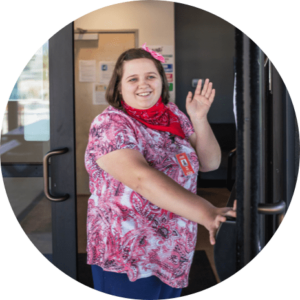Explore the ALSO Children’s Homes Wishlist and help fill the season with joy for the children supported by ALSO.
Explore the ALSO Children’s Homes Wishlist and help fill the season with joy for the children supported by ALSO.
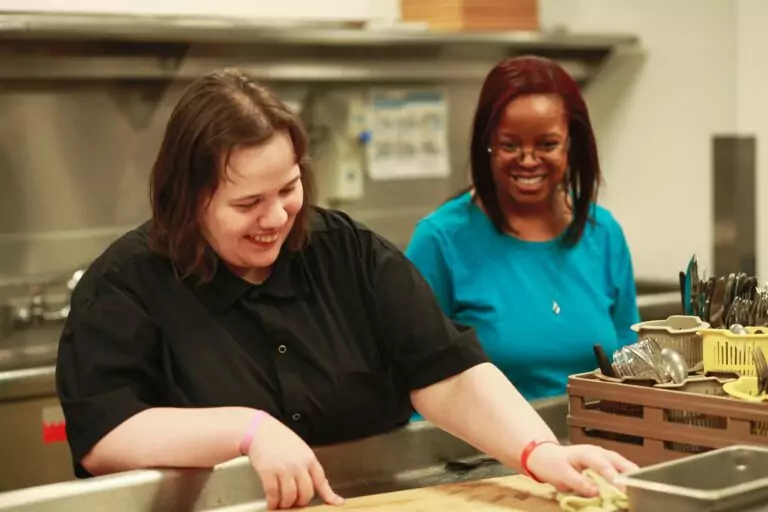
“Community is much more than belonging to something; it’s about doing something together that makes belonging matter.”
-Brian Solis
For those of us who have been fortunate to participate in some kind of volunteer opportunity, we know how good it makes us feel. Volunteer activities nurture connections with others in our local community, boost our mood, and, well, they just help us feel better about ourselves.
A large study called “Doing Good is Good for You” backs this up with scientific evidence. After volunteering, people reported feeling healthier, having an improved mood, and also feeling more connected to their communities.
At ALSO, we feel strongly that everyone, regardless of ability, deserves a chance to be a volunteer and contribute to their communities. This includes people with disabilities. We have seen how having a volunteer role helps individuals with intellectual and developmental disabilities that we support. In fact, it fits within our vision of “…a future in which all people, including those living with developmental and other disabilities, are fully included, participating members of their communities.”
Many believe that people with I/DD must only have volunteer services performed for them. However, the reality is that they are very capable of helping others.
So, why not be more inclusive and allow people with disabilities to take advantage of volunteer opportunities?
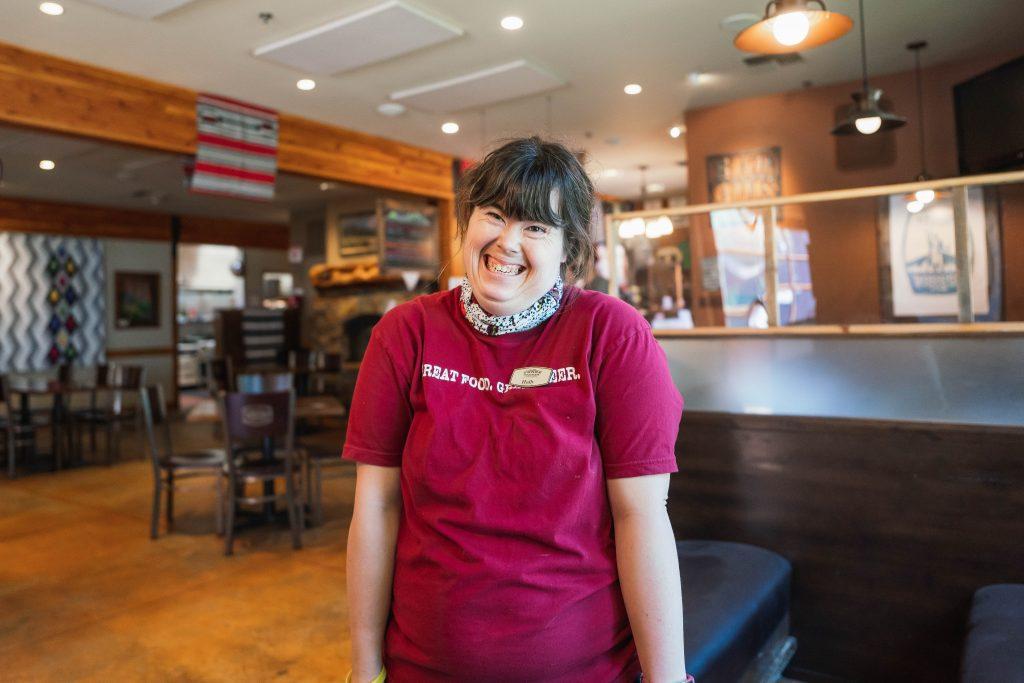
In many situations, traditional volunteering can unintentionally exclude people with disabilities. One of the ways that this can happen is through implicit bias (also called unconscious bias). This is when our unconscious attitudes influence how we perceive and treat others. Check out these examples:
Quite to the contrary, individuals with disabilities are very capable of achieving these goals and desires with huge success!
Just like with those of us who don’t have disabilities, when people who have disabilities participate in volunteering, they benefit in many ways:
LEARN MORE: Centers for Disease Control and Prevention (CDC), Disability Inclusion.
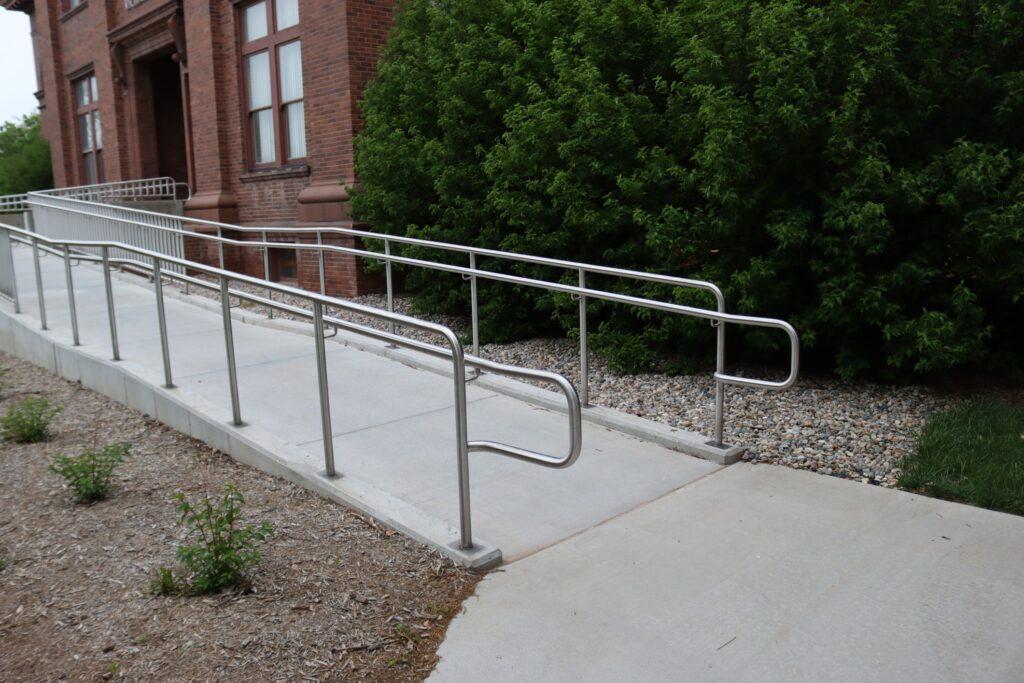
Individuals with disabilities must contend with several barriers that interfere with equal access to volunteer opportunities.
One type of barrier is physical access. If someone uses a walker, wheelchair, or has any physical limitations, transportation to the volunteer location can be a struggle. Lack of ramps, elevators, and grab bars in bathrooms can also pose challenges. In some cases, narrow hallways or cluttered floors interfere with full participation in volunteer activities.
Communication can be a barrier to accessible volunteering. People experience a range of hearing impairments, from being completely Deaf to having partial impairments. Sign language interpretation and digital assistive technology options can be expensive or difficult to obtain.
In some cases, a volunteer may have a speech impairment, making it difficult for him/her to be understood if alternative forms of communication are unavailable.
People with disabilities, unfortunately, continue to endure social stigma resulting in either intentional or unintentional bias from others. Those with disabilities are assumed to be unintelligent, unable to make their own decisions, and unable to contribute to the greater good.
One of the biggest challenges to disability inclusion in volunteerism is a lack of awareness. Although this challenge is slowly improving, much more can be done. We’ll talk about that below!
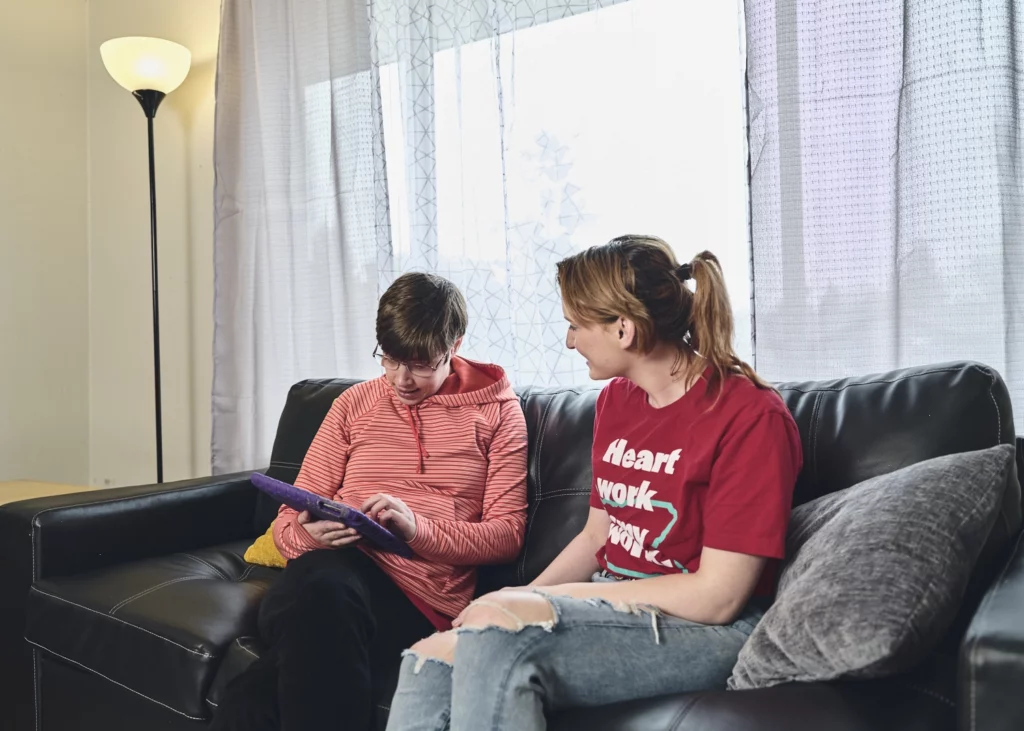
So, if you were to walk into a school, food bank, hospital, etc., how would you know if the organization embraces accessible volunteering?
Well, for one thing, physical barriers would be non-existent. This can be accomplished with concepts of universal design, which are environments that can be used by people of all abilities to the greatest extent possible, without the need for adaptation. An example of universal design is something that the public has grown accustomed to, such as curb cuts on sidewalks.
Accessible volunteer roles also include flexible start and stop times that meet individual needs, or remote opportunities that limit the need for the volunteer to travel.
For new volunteers who have a disability, well-organized peer mentorship programs can be incredibly successful. These partnerships can help those without disabilities to realize that everyone has abilities that benefit the larger organization.
Check out some of ALSO’s other ideas for accessible volunteering:
LEARN MORE: How ALSO volunteers share their abilities to help others and reach out to the community.
Is your organization ready to take steps to ensure greater access to volunteer opportunities for people with disabilities? Whether you’re a local business, nonprofit organization, or corporation, there are many things you can do:
LEARN MORE: Volunteer Match. Is Everyone Welcome?
Even though the benefits of being involved in volunteer projects are vast for both volunteers and the recipients, not everyone gets to take advantage of these fulfilling volunteer opportunities.
Research shows that people with I/DD are disproportionately excluded from volunteering. A series of interviews conducted during a qualitative study of individuals with I/DD revealed that basic needs, personal motivation, and social recognition were key. Check out these stories about adults with intellectual disabilities who were determined to make a difference in their communities.
Barbara volunteers as an escort for women with visual impairments. She experienced discrimination when she was told she couldn’t help others because she had a disability herself. It’s important to be recognized as a person with full rights just like everyone else, and this is realized in her volunteering.
She states:
“This flower is so beautiful that you cannot even imagine it. That is how I like this [voluntary] work, there are no words to describe it.” [p. 323]
***
Frank is a volunteer who sells snacks at musical events. His community service activity is strongly motivated by his desire to use his competencies to contribute to society. Frank also works in a sheltered workshop and feels that his work there is not valued.
***
Andrew is proud of working “with and for others.” His relationship with his coach at the volunteer program has been very positive, from which he draws courage and self-confidence. Although he accepts his disability, he regrets not being trained vocationally. [p. 324]
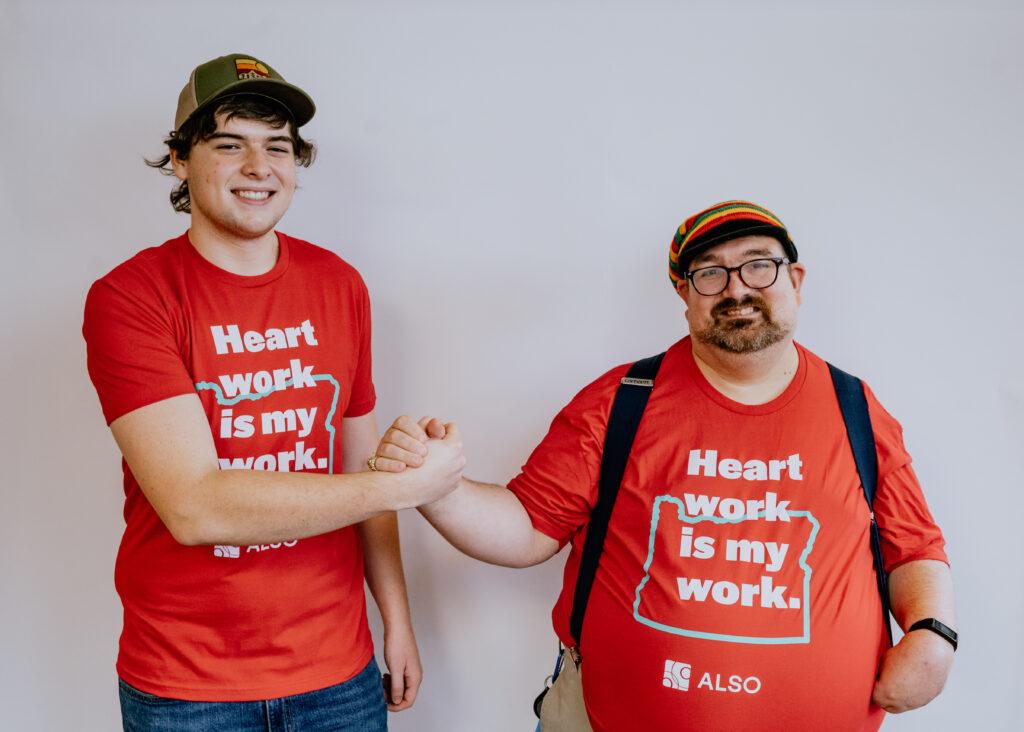
Do you have an intellectual or developmental disability and want to nurture your passion for helping others? Are you a friend/family member, or staff member of someone with a disability? Are you a volunteer who sees the value of inclusive volunteering and wants to make an even greater impact on our world? Check out these great tips from the ALSO team on getting involved.
A very thoughtful group of researchers described the importance of inclusive volunteering beautifully:
“The time has come for everyone – regardless of ability level – to have the opportunity to ‘live the good life’ by volunteering their time and giving of themselves to their communities using their abilities, making our communities more powerful, and in turn, better places for everyone to live.” [page 29]
Do you feel this way too? We need each other!
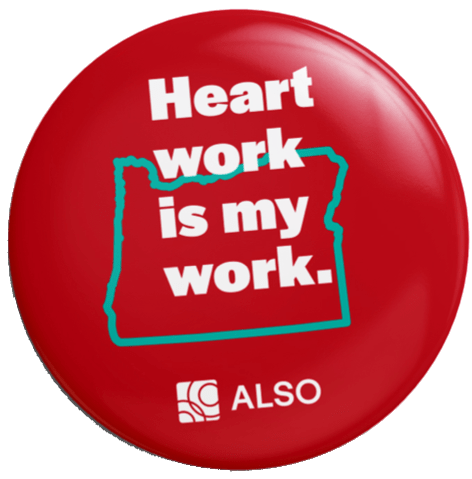
Sign up for our newsletter to get our latest news, content, and job opportunities.
Help us ensure that everyone has the same opportunities in their home, workplace and community. Let’s make dreams!
